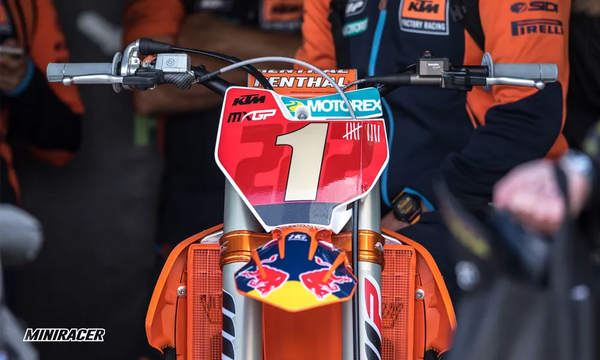The History and Evolution of Minibikes

If you like minibikes, you might be interested in their past and how they have changed over time. These compact, entertaining vehicles have been a mainstay of the motorcycle business for many years. We will delve deeply into the background and development of minibikes in this blog, from their early days to the present.
The Early Days of Minibikes
Minibikes have their roots in the 1950s when motorcycle enthusiasts started tinkering with their bikes to create smaller and more accessible versions. These early machines were often built from spare parts and were used for racing and off-road adventures.
The first commercially available minibike was the Taco 22, which was introduced in the early 1960s. The Taco 22 was a small and lightweight machine that was powered by a 4-stroke engine. It quickly became popular among young riders who were looking for a fun and affordable way to experience the thrill of riding.
The Golden Age of Minibikes
Minibikes reached their peak popularity in the 1960s and 1970s as more and more makers began making their own versions. Rupp, Bonanza, and Honda, among other companies, all debuted their own versions with distinctive features and styles.
The Honda Z50, which debuted in 1968, was among the era's most well-liked minibikes. The 49cc engine of the Z50's small, lightweight vehicle provided its strength. It rapidly gained traction among young riders and was even highlighted in the well-known television program "On Any Sunday."
Another popular minibike of the era was the Rupp Roadster, which was introduced in 1971. The Roadster was a larger and more powerful machine that was designed for both on-road and off-road use. It featured a 4-stroke engine and a unique frame design that gave it a distinctive look.
The Decline and Resurgence of Minibikes:
The popularity of minibikes started to decline in the 1980s as more riders started switching to larger, more powerful bikes. Numerous manufacturers drastically reduced the output of minibikes, which made the vehicles more difficult to find.
However, minibikes have started to reappear in recent years. Many manufacturers have introduced new versions that combine the traditional styling of the vintage machines with modern features and technology. These novel vehicles appeal to young riders who want a thrilling and affordable way to experience riding.
Since their modest origins in the 1950s, minibikes have advanced significantly. Mini bikes have developed into a well-liked segment of the motorcycle industry, starting with the early home-built models and continuing with the widely available models of the 1960s and 1970s, and now with the contemporary machines. There's nothing quite like the rush of pedalling a minibike, whether you're an experienced rider or just getting started.
MiniRacer
The genesis of MiniRacer is pretty simple. We saw a need for quality Mini Bike and Pit Bike parts here in Australia, so we made our own.
We know minis, and motorcycles in general. From the 50 scene in the early 2000s (hey Craig Mason, Duane Brown, Brian Miller, Dave Deringer etc, we see you), to MX/SX, 110s and everything in between. We've done it, and still love it.
MiniRacer has continued to grow both the MiniRacer MFG range of products, as well as distribute and stock more of the best Pit Bike and Mini Bike brands from around the world.
Backed by a lifetime of motorcycle industry knowledge and experience, you can rest assured MiniRacer will only produce and distribute the absolute best Mini Bike and Pit Bike products from the best manufacturers from around the world. You can also learn from the professionals via our tech tips.
Have a question? Hit us up anytime via our email.